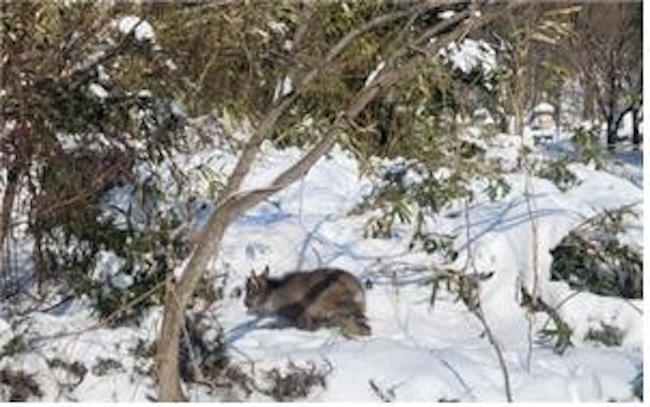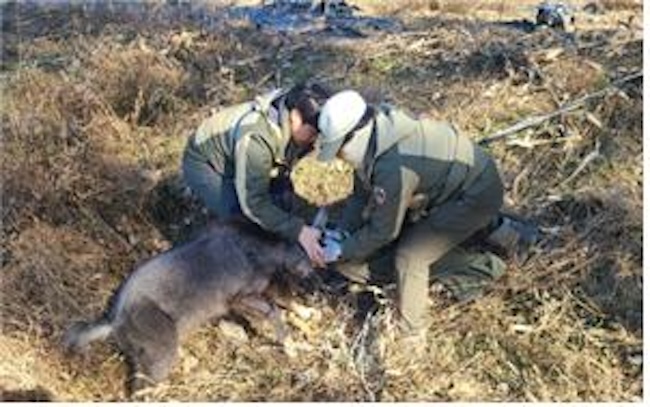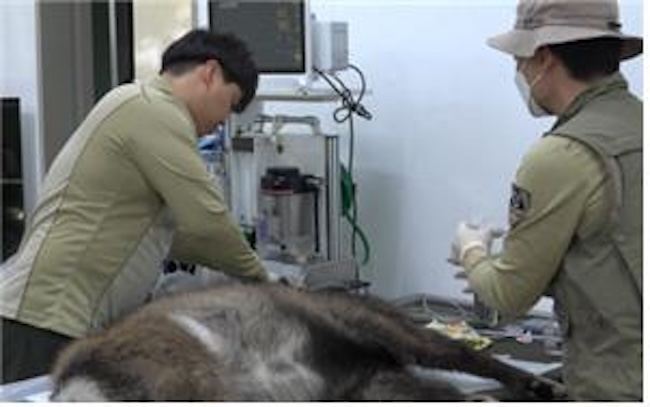
There has been an increase in exhaustion cases among the Korean goral, a class 1 endangered wild species, residing in the northeastern regions of Gangwon Province. (Image courtesy of the Korea National Park Service)
PYEONGCHANG, Feb. 8 (Korea Bizwire) – The Korea National Park Service announced on February 7 that there has been an increase in exhaustion cases among the Korean goral, a class 1 endangered wild species, residing in the northeastern regions of Gangwon Province, including Inje, Gangneung, Sokcho, and Goseong, prompting intensified rescue operations.
The Korean goral, an animal accustomed to living in steep, rugged mountain terrains formed by harsh rocky landscapes, grows a thick coat of fur during the winter to protect itself from the cold. In times of food scarcity, it survives the winter by feeding on tree bark and moss.

This winter has seen a significant increase with 18 gorals already rescued from last November to the end of January. (Image courtesy of the Korea National Park Service)
Unlike previous winters, where an average of two to three gorals were rescued, this winter has seen a significant increase with 18 gorals already rescued from last November to the end of January.
Out of these, two were released back into the wild immediately, while eight are currently receiving treatment at the Northern Conservation Center of the National Park Wildlife Conservation Center in Inje. Unfortunately, the remaining eight died during treatment.
The spike in rescue cases is attributed to heavy snowfall and severe cold spells, which have frozen the ground surface, making it difficult for the gorals to find food and leading to exhaustion.

The spike in rescue cases is attributed to heavy snowfall and severe cold spells, which have frozen the ground surface. (Image courtesy of the Korea National Park Service)
In response, the Korea National Park Service is collaborating with local residents, municipal governments, and other public and private entities to conduct goral rescue operations.
Song Hyung-geun, the director of the Korea National Park Service, stated, “We are returning gorals that have become exhausted to their natural habitat after rescue and treatment. We urge the public not to be alarmed or intentionally approach gorals if they are seen near roadsides in search of food or warmth, and to remain vigilant to prevent traffic accidents.”
Lina Jang (linajang@koreabizwire.com)






